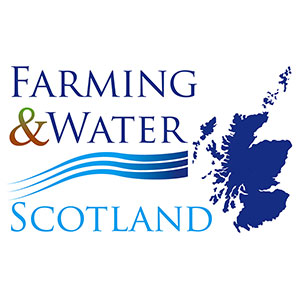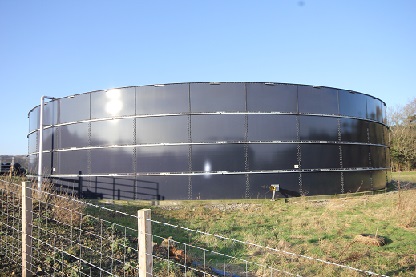New regulations around slurry management
28 January 2022The start of the new year brought us consolidation and clarification of existing regulations under the Water Environment (Controlled Activities) (Scotland) Amendment Regulations 2021.
Both existing rules and new measures aimed to reduce environmental pollution risks are brought into one piece of legislation. The reduction in pollution risk comes from measures around the storage and application of slurry and digestate; the construction of storage facilities; the use of bulk bags for storing silage and lagoon liner materials.
If you have livestock on the farm, or bring in organic fertilisers such as digestate, it’s worth having a recap on how the updated rules could affect your business.
Regarding slurry, the requirement for slurry storage capacity has been reduced from 6 months to 22 weeks for slurry produced by housed cattle (26 weeks for housed pigs). This matches the storage period already in force within NVZs. The need for a current Risk Assessment for Manures and Slurries (RAMS) map has also been brought into the regulations; both the land manager and the person carrying out the application of organic fertilisers need a copy of a current RAMS map.
Amendments took effect from 1st January 2022 onwards, but some rules will be phased in, giving a bit more notice for those practices which will need a change to the current routine or more forward planning.
One of the areas farmers have been seeking more information on is the requirement to use low-emission, precision spreading equipment when applying slurry and liquid digestate.
This effectively means that broadcast application using a rain gun or raised splash plate will no longer be acceptable from 1st January 2023 onwards, with a full move to precision application by January 1st 2027 for all. Low emission slurry spreading systems such as a dribble bar or band spreader, training hose, trailing shoe or direct injection give more control over application whilst also minimising runoff and emission risks. Applied at the right time they could also help you to maximise use of valuable nutrients in slurry.
The updated regulations offer a phased approach towards precision application of slurry. Contractors and those applying digestate along with livestock farms that have over 100 milking cows, 200 beef cattle livestock units, and pig farms with more than 800 fattening pigs or 800 sows will all need to move to precision application by 1st January 2023. Those with livestock numbers below these thresholds will have up to January 1st 2027 to make the necessary changes.
There is more information on our ‘Slurry Storage & Application‘ webpage.
More detail on the changes to the regulations, along with ‘Frequently Asked Questions’ and a timeline of what changes are implemented when can be found on Farming & Water Scotland’s “New General Binding Rules on Silage & Slurry – What’s Changed?” webpage
Sign up to the FAS newsletter
Receive updates on news, events and publications from Scotland’s Farm Advisory Service

